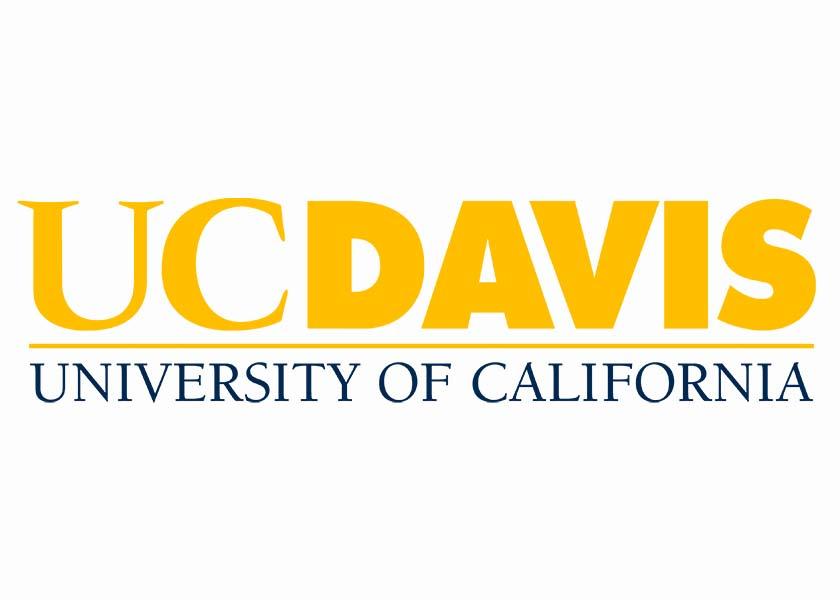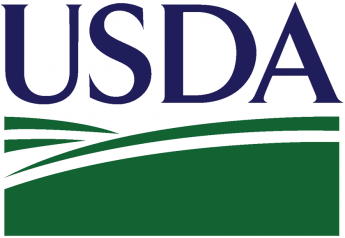Packer Consolidation Drives Local Meat Suppliers Out of Business, Study Says

Between the pandemic forcing the shutdown of meat processing plants in 2020 and recent ransomware attacks on the nation’s largest meat supplier, authors of a new report out of the University of California, Davis say concentration of the meat supply chain is a bad idea. They argue it’s time to support small- and mid-scale suppliers.
“These disruptions led to the closure of large meat processing plants that account for most meat supply across the nation. Yet, long before COVID-19 and ransomware, small- and mid-scale producers of meat have been constrained by market structures, policies, and (it must be said) a rugged-individualist culture among many that values autonomy and independence over collaboration, including collective action in marketing and distribution,” the authors wrote in a white paper showing the need to support California’s small and mid-scale meat suppliers and processors in order to build a more resilient meat supply chain.
The paper describes how the meat supply chain and rural economies could benefit from regulatory changes and more collaboration among producers and other stakeholders in the system, according to a UC Davis release.
“COVID and the ransomware attacks put a spotlight on how the concentration of the meat supply chain increased vulnerability in the food system,” report co-author Tom Tomich, founder of the UC Davis Food Systems Lab and distinguished professor in the Department of Environmental Science and Policy, said in the release. “We need to level the playing field so small- and mid-scale farms have an easier way to bring their product to market.”
Lack of access to slaughter, limited capacity of cut and wrap facilities, and concentration of marketing channels create conditions that make it challenging for small- and mid-scale farms and ranches to stay in business.
“These challenges are exacerbated by policies that tilt the playing field against small operators. Fortunately, new state and national legislation and programs are developing that could increase resilience in our food systems,” Michael R. Dimock, Roots of Change program director and lead author for the report, said in a release. “We need cities and counties to help fix the problems because local land use policies often impede development of resilient supply chains.”
In California alone, the state has lost about half of its federally inspected meat processing plants in the last 50 years. The remaining facilities are unable to meet demand, the paper points out. Many of the 46 USDA-certified slaughter plants operating in California are closed to smaller producers.
Just last week, the Biden administration announced they are taking on big meat, unveiling a series of steps to beef up the meat processing supply chain. That includes funding to support the opening of smaller processing sites.
The study from UC-Davis shows a combination of federal, state and private investments could provide a broader geographic distribution of plants of differing scales. The paper, released this week, also recommends expanding mobile, on-farm slaughter operations for sheep, goats and hogs, similar to those for beef.
Complex inspection requirements and other regulatory barriers make it difficult for small- and mid-scale producers to compete with big suppliers. The report suggests California should create its own meat inspection program equivalent to the federal program to serve smaller ranchers. Prioritizing public procurement of local, high-value meat would also help expand market access for smaller producers.
“California would be served by a period of rapid experimentation, innovation, and investment to enhance resilience (and reduce vulnerabilities and inequities) in meat production and processing within the state,” the authors said.
Funding for the study came from the TomKat Foundation and USDA Hatch Program. Authors include Courtney Riggle, Allan Hollander, Patrick Huber and Thomas Tomich of the UC Davis Food Systems Lab, and Michael R. Dimock with Roots of Change.
Read More:
White House Takes On 'Big Meat,' Says Inflation Isn't the Source of Swelling Retail Protein Prices
Exploding Pork Demand and Exports Paint Optimistic Price Picture, ASF Threat Remains Biggest Risk







